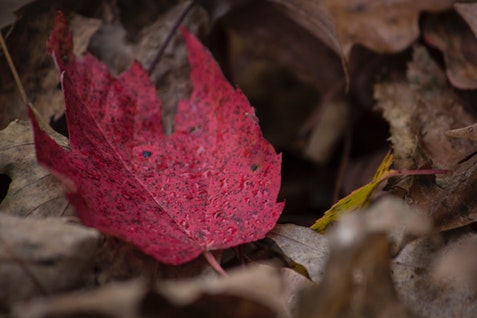
I was completely new to the whole grafting thing when we started growing our roses, but it really grabed me when I started to learn more about it.
Today I want to share some of the facinating things that you can do with grafting. For exmaple: the pomato, do you care to guess what that is?
Plants are not as susceptible to disease like us animals. This is mainly because every plant cell has to have a mechanisim for defending against invading pathogens, this is where 'disease is the exception, not the rule' comes from.
There is a tissue called Parenchema which consists of large, nondistinct, undifferentiated cells that can divide into more specialized cells when certain hormones act on them.
Much like stem cells.
Plants rely on cell mediated defences to damage foreign DNA.
The bulk of a plants fleshy tissue is made of parenchema. Immune response upon cutting any leaf is often to start blocking off routes of easy access to the neighboring cells near the lesion, such as plasmodesmata, and causing cells to undergo apoptosis while secreting plant hormones that tell nearby unharmed cells to excrete substances needed to repair/protect, in case of any opportunistic pathogen decides to take advantage. So when a stem is cut and another stem is placed on top of it, the parenchema of both stems can grow together in a way to connect vessels.
All of the secondary growth below the graft is still the tissue of the root stock, and all of the primary and secondary growth above the graft is tissue of the graft.
Because you need a smiliar vessel structure for a successful graft, grafts only work in closely related plants.
This process in itself is rather interesting, as when a plant detects damage to leaves, it can also secrete chemicals to tell nearby plants of the same species, to react, such as closing leaves, or start producing toxins, or even attract insects to get rid of the damaging organism (in the case of roses, wasps are attracted to eat the caterpillar by plant signally chemicals the wasps can identify). Its a very cool topic, as plants have really wierd and wonderful ways of warning/defending themselves and other plant friends.
Grafting should be done in sterile conditions, and also check that the plant is free from viruses/bacteria/fungi that its being grafted from, but aside from this there would be very little immune response due to the way each plant cell in a plant having its own immune system, the only immune response I can guess is when you make a cut on the plant, which will cause it to produce these immune reactions.
Grape vines from Europe Vitis vinifera brought to North America were grated with domestic species combat the insect phylloxera.
As you can see it is all very interesting and useful.






